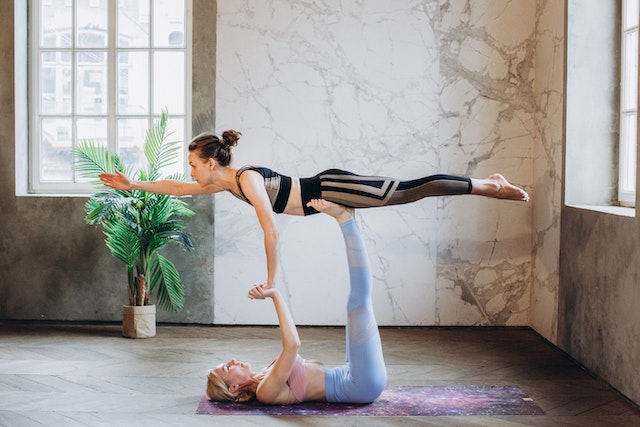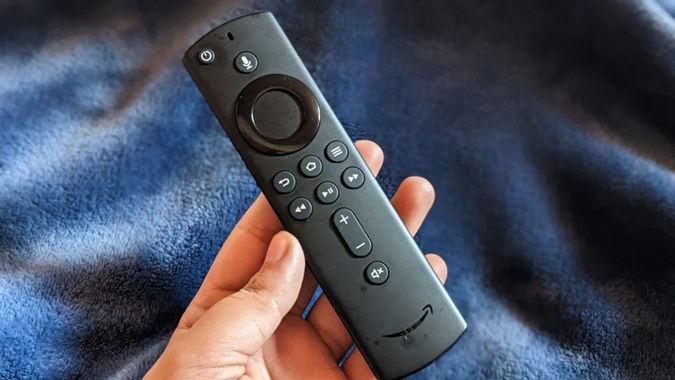In today’s fast-paced world, maintaining a healthy lifestyle has become more crucial than ever. A key component of this healthy lifestyle is fitness exercise. Regular physical activity not only helps us stay in shape but also promotes overall well-being, both physically and mentally. In this comprehensive guide, we will delve into the importance of fitness exercise, its various benefits, and how to incorporate it into your daily routine for a healthier, happier life.
The Importance of Fitness Exercise
- Physical Health:
- Weight Management: Engaging in regular exercise helps regulate body weight by burning calories and building lean muscle mass.
- Cardiovascular Health: Exercise strengthens the heart and improves circulation, reducing the risk of heart disease.
- Strong Bones and Joints: Weight-bearing exercises such as walking and resistance training promote bone density and joint health.
- Enhanced Immunity: Regular physical activity can boost the immune system, making you less susceptible to illnesses.
- Mental Well-being:
- Stress Reduction: Exercise triggers the release of endorphins, which are natural mood lifters, reducing stress and anxiety.
- Improved Sleep: Physical activity can improve the quality of sleep, helping you wake up feeling refreshed.
- Enhanced Cognitive Function: Exercise is linked to better cognitive function and memory.
- Increased Energy Levels: Regular workouts can boost your energy levels, making you feel more alert and productive.
- Longevity:
- Research consistently shows that individuals who engage in regular physical activity tend to live longer, healthier lives.
Types of Fitness Exercises
- Aerobic Exercise:
- Aerobic exercises, such as running, swimming, and cycling, increase your heart rate and breathing. They improve cardiovascular health and endurance.
- Strength Training:
- Strength training exercises, using weights or resistance bands, build muscle mass and increase metabolism.
- Flexibility and Stretching:
- Stretching exercises improve flexibility, reduce the risk of injury, and enhance overall mobility.
- Balance and Stability:
- Balance exercises, like yoga and tai chi, improve coordination and help prevent falls, especially in older adults.
- High-Intensity Interval Training (HIIT):
- HIIT involves short bursts of intense exercise followed by brief rest periods. It’s an efficient way to burn calories and improve fitness in a shorter time.
Incorporating Fitness Exercise into Your Routine
- Set Clear Goals:
- Determine what you want to achieve through exercise, whether it’s weight loss, muscle gain, stress reduction, or increased endurance.
- Create a Workout Plan:
- Consult with a fitness professional to design a personalized workout plan that aligns with your goals and fitness level.
- Start Slowly:
- If you’re new to exercise, begin with low-intensity activities and gradually increase the intensity and duration as you build strength and endurance.
- Make it Enjoyable:
- Choose activities you enjoy to increase your likelihood of sticking with them. Whether it’s dancing, hiking, or playing sports, find what makes you happy.
- Be Consistent:
- Consistency is key to seeing results. Schedule regular exercise sessions and treat them as non-negotiable appointments with yourself.
- Mix it Up:
- Avoid monotony by varying your workouts. Incorporate different types of exercises to work different muscle groups and keep things interesting.



